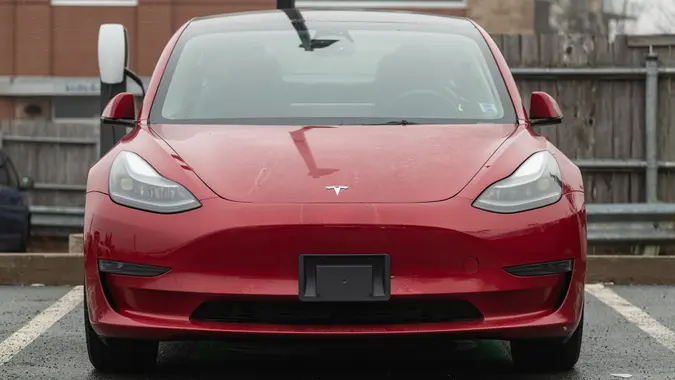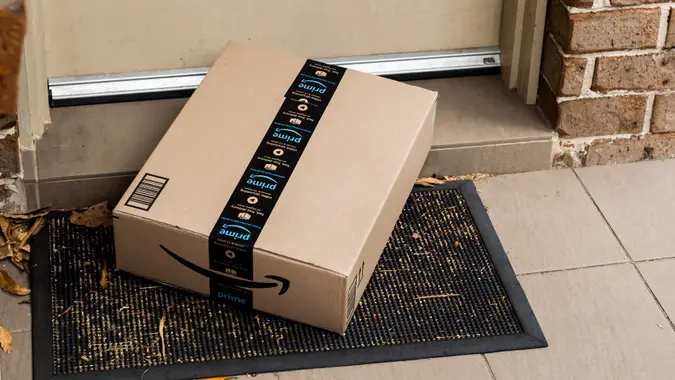4 Reasons Owning a Car Can Make You Poor

Commitment to Our Readers
GOBankingRates' editorial team is committed to bringing you unbiased reviews and information. We use data-driven methodologies to evaluate financial products and services - our reviews and ratings are not influenced by advertisers. You can read more about our editorial guidelines and our products and services review methodology.

20 Years
Helping You Live Richer

Reviewed
by Experts

Trusted by
Millions of Readers
America’s love affair with the car remains strong — nearly 92% of U.S. households owned at least one vehicle as of 2021, according to Census Bureau data cited by Forbes. Research from Insider Monkey found that the U.S. easily ranks first in the world in per-capita car ownership at 834 cars per 1,000 people. But for many Americans, the financial burden of owning a car can lead to serious money problems.
A survey from GOBankingRates found that the typical cost of owning a car amounts to $762 a month or $9,144 a year. That total includes monthly car payments as well as insurance, sales taxes, gasoline costs and repairs.
Spending $762 a month on a car can strain almost anyone’s budget, but it’s especially difficult for Americans who already have a hard time paying the bills.
A recent MarketWatch Guides survey of 1,000 U.S. drivers found that on average, drivers spend 20% of their monthly income on cars. That’s a manageable figure for many Americans — but way more than others should be spending.
Here are four reasons owning a car could push you beneath the poverty line:
1. You are Spending More than You Can Afford
Most financial experts recommend spending no more than 10% of your monthly take-home pay on a car payment and no more than 20% on total car expenses, according to Car and Driver. Remember that this is take-home pay — the net total of your paycheck after taxes, retirement savings and other expenses have been deducted.
But many Americans are spending much more than that on their vehicles. If the MarketWatch Guides average is 20%, then that means a lot of drivers are spending less and a lot are spending more. If you are spending 25-30% or more of your income on a car, then you have more car than you can afford and it’s probably draining your overall finances.
2. You Bought a Car Out of Your Price Range
According to MarketWatch Guides, one in 10 drivers spend more than 30% of their monthly income just paying down auto loans. That’s roughly three times the amount they should be spending. Just because you qualify for an expensive car loan doesn’t mean you should buy the car. One of the worst money mistakes you can make is buying a car way out of your price range — you’ll spend many years stuck with a high monthly payment.
3. You Keep Having to Pay for Repairs
Nearly two in five drivers surveyed by MarketWatch Guides said they can’t afford necessary repairs and upgrades for their cars. There are two main reasons your car might have to be driven to the repair shop way too often: You either bought a lemon, or you aren’t maintaining it properly. One of the biggest impediments to financial security is having to pay unexpected expenses such as major car repairs. This can quickly drain your emergency fund and your other savings.
4. You Can’t Build Wealth
Almost half of the MarketWatch Guides survey respondents said car expenses have impeded their ability to save or invest money, which means they are unable to build enough wealth to protect themselves from financial catastrophe. Without savings or investments to fall back on, a singular event such as a sudden job loss or major medical condition could make the difference between being financially stable and being poor.
 Written by
Written by  Edited by
Edited by 

























